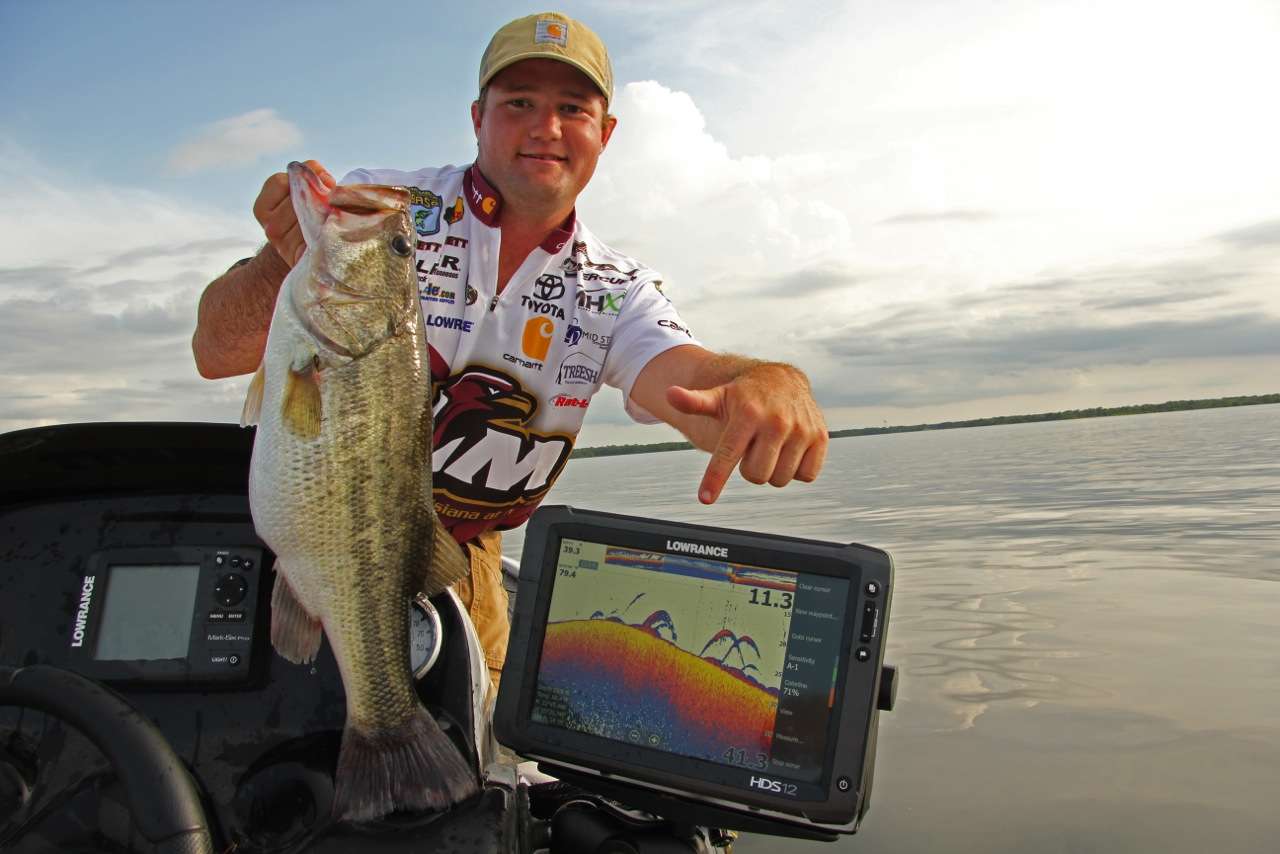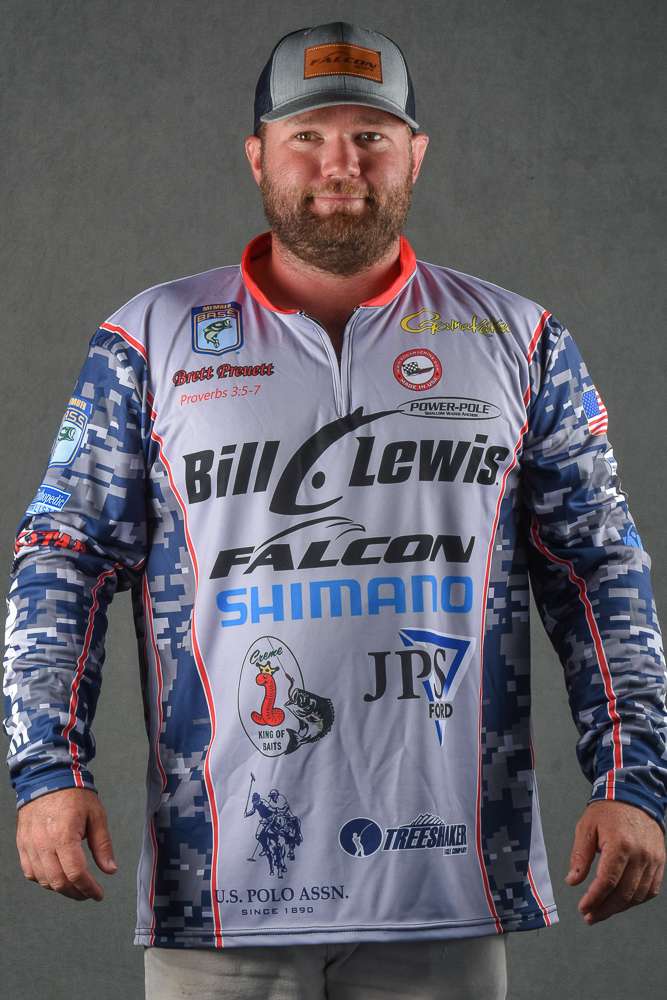
For beginning anglers, operating and interpreting sonar is one of the most difficult pieces of the bass fishing puzzle, but at this time of year, it’s pretty critical for locating the large schools of bass we all dream about.
While there’s always a few bass to be caught shallow in the summer months, most of the magic this time of year occurs in 18 to 30 feet of water, so a basic understanding of sonar can offer you a confidence-building picture of their underwater universe before you ever make a cast.
Automatic Mode Can Carry You Far – For starters, save yourself from being intimidated by the dozens of adjustments that are possible, and first learn to interpret the images that are more than adequate in “auto” mode.
Wider Arches Equal Bigger Fish – One of the most basic things to note, is the width or thickness of the ‘arches’. Those arches or ‘boomerangs’ are fish – and the wider or thicker they are at the apex, the bigger the fish are.
How Do You Know What Species they Are? – The short answer is that you never know for certain, but … but … most of the time, arches located near the bottom close to some sort of object – especially if they’re on the very lip of a major depth change – are bass. Obviously, the chances of them being bass increases or decreases depending on what species are most prominent in your favorite fishery.
Hard Bottoms are Best – Speaking of arches near the bottom, give careful attention to the width of the bands representing the bottom. The wider each of those bands are, the harder the bottom. And bass typically want to be near a hard bottom like rocks or shell beds, versus a soft bottom made of clay or sand.
Are Baitfish Present? – We all like seeing an “Open” sign lit-up on the front door of our favorite restaurant, and the same goes for seeing baitfish on my sonar screen. My confidence level for finding bass that are willing to bite goes way up if I know there are ‘groceries’ in their neighborhood. Baitfish are typically going to appear as one big ball of color away from the bottom, and if the ball of bait is barely above the ‘bass arches’ – you can be pretty confident those bass are feeding.
Basic Adjustments Beyond Auto Mode – As I said earlier, the ‘auto’ or ‘general use’ setting offer you plenty of ability to find bass, but for those of you who want to tweak the settings just a bit, I generally like my Contrast setting to be around 75, and my Sensitivity to be around 70-percent.
Mark them Once You Find Them – Lastly, once you see an image as promising as the one in the attached photo, if your sonar machine has built-in GPS, you’ll want to hit the Waypoint button to save the spot for years to come. But, I also like to carry a floating marker buoy that I can toss quickly overboard on a spot like this so that my first cast is right in their ‘kitchen’.





